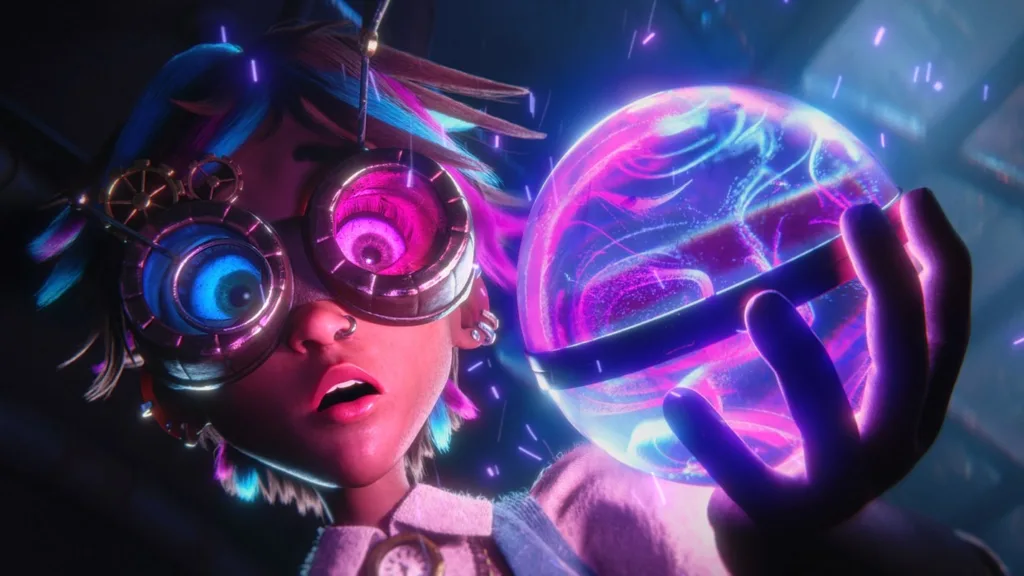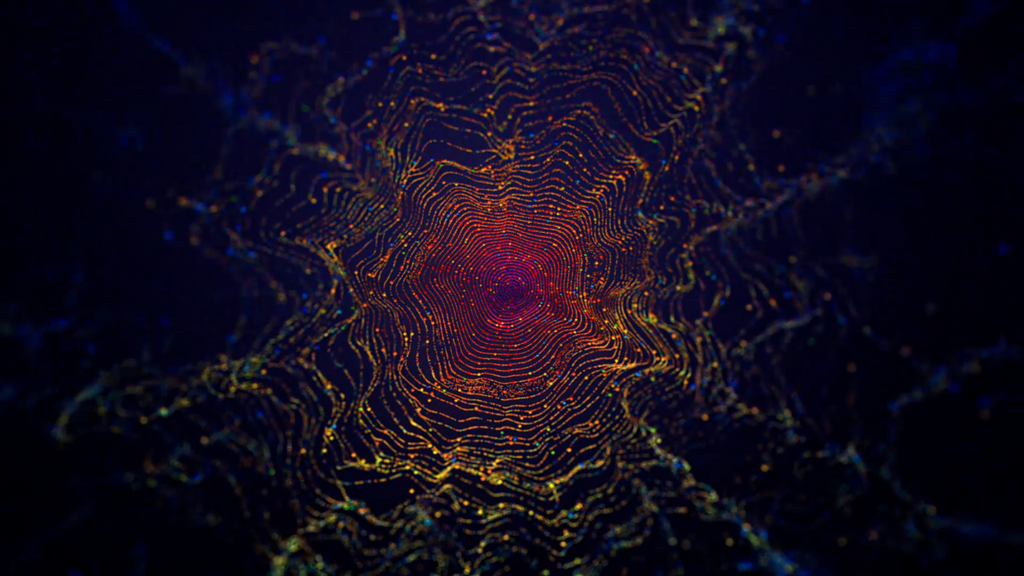
In its Spring 2024 update to its Maxon One offering, Maxon has both added and updated tools and features to its Cinema 4D 3D modeling, animation, and rendering software, its Redshift renderer, and its Red Giant transitions and effects plug-ins.
Although Maxon provides monthly tweaks to its offerings, the spring software update is usually more substantial, and the Spring 2024 release follows that tradition. Just ahead of NAB 2024, Maxon announced a big update to its Maxon One with various upgrades and tools including Cinema 4D particles, NPR rendering in Redshift, and Red Giant geo.
Within its flagship Cinema 4D, Maxon has added the new Cinema 4D particles, enabling artists to design particle simulations intuitively. By integrating Cinema 4D particles with Cinema’s unified simulation systems, artists are able to control emission patterns, modify behaviors with precision, and orchestrate interactions with Maxon’s simulation tools including pyro, cloth, soft bodies, and rigid bodies. The scenes can then be rendered with Redshift, or they can be cached and exported via Alembic. Moreover, having Cinema 4D particles presets available in the asset browser, artists have a range of creative options to choose from when starting a project. According to Maxon, it will be adding new presets on a continual basis.
Maxon has improved simulations through updates to Cinema 4D’s connector object with streamlined workflows and art director-friendly behaviors. With rigid-body simulations, artists can now automatically connect multiple objects, while aerodynamics offer more realistic simulation. Also, caching simulations is more flexible thanks to external cache capabilities.

Additional enhancements in Cinema 4D include:
- Property transfer for transferring tag data from one object to another.
- Keep spacing option for the smooth edge tool.
- Auto-generated dome lights for HDRI assets, created when the asset browser automatically triggers the place tool as assets are dragged into a scene.
Redshift (3.6.0) now has non-photorealistic rendering (NPR) options, letting users achieve line and toon looks. There is a contour node, toon material node for cel shading, and a tone map pattern shader for half-tone shading and other screen-space, grid-based shading styles. With opacity controls in Redshift’s new toon material, artists can render particles additively, whereby light emission of each particle builds on those below it to create super-bright particle renders.
Other updates to Redshift include:
- New standard volume nodes for easily adding variation and fine detail when rendering volumes like pyro and clouds. (The standard volume shader now works with global environment fog.)
- Alpha mask support for Redshift area lights, enabling the creation of light gobos with a simple texture.
- A new ray bounce level output from the state shader.

With the addition of OSL support for HIP, Redshift is officially supported on Windows systems with AMD graphics cards.
Red Giant 2024.2 now features Red Giant geo for texturing, lighting, and cloning 3D objects in Adobe After Effects. Red Giant geo supports seven file formats. According to Maxon, rendering performance in Trapcode particular has been improved in terms of responsiveness, playback, and rendering, and there are new custom blur maps for Bokeh, as well as improvements to the looks’ UI.
Updates to Cineware for Unreal make it easier to transfer materials between Cinema 4D to Unreal. Using Direct Link, users do not have to save files to disk when transferring. This capability, however, requires Cinema 4D 2023.0 or later and Unreal Engine 5.0 or later.
More information about Maxon and other tool and service providers, as well as specifics about the DCC market, can be found in JPR’s 2023 Digital Content Market report.





